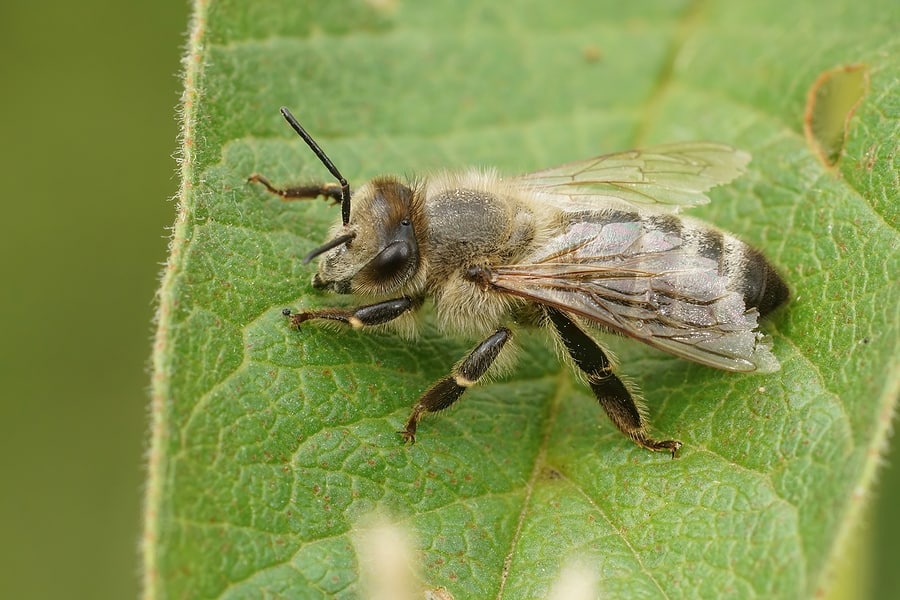READY TO GET STARTED?
REQUEST A FREE ESTIMATE
Fill out the form below or call (888) 466-7849 for a free, no-obligation estimate.

Bumblebees and honeybees are both important pollinators that play a critical role in our ecosystem. However, they are different in several ways, from their physical appearance to their behavior and habitat. Let’s explore the differences between bumblebees and honeybees.
One of the most obvious differences between bumblebees and honeybees is their physical appearance. Bumblebees are larger and hairier than honeybees, with rounder bodies and more robust wings. Their bodies are covered in dense hair, which makes them look fuzzy, and they have a distinct black and yellow striped pattern.
Honeybees appear smaller and have slimmer bodies. These insects have a distinctive golden color and a more pronounced abdomen. Their wings are also narrower and more translucent than bumblebees.
Both types of bees also differ in their behavior. Bumblebees are social insects that live in small colonies with a few hundred bees. They are active during the day and prefer to forage on flowers that are close to the ground. They are also excellent pollinators for plants that require a buzz pollination technique, such as tomatoes and blueberries.
Honeybees, on the other hand, are highly social insects that live in large colonies with tens of thousands of bees. They are active during the day and prefer to forage on flowers located higher up. They are also known for their ability to communicate with each other using a complex system of dances, which helps them find food sources.
Honeybees and bumblebees have different habitat preferences due to their distinct nesting behaviors. Honeybees prefer to nest in cavities such as hollow trees or rock crevices; whereas bumblebees prefer to nest in underground burrows, such as abandoned rodent holes, or in above ground areas like abandoned bird nests.
If you believe you have found a honeybee or bumblebee nest on your property, give our team a call today for a safe bee relocation and removal.
After doing a post on bug movies, we thought it was only appropriate to have a post about bug songs! We came up with some classic kid songs, some well-known mainstream songs, and even found some songs that we’ve never heard of before!
While coming up with songs we also came up with some band names that were based on bugs:
For more “Ticky Tunes” visit Northwest Exterminating‘s Pinterest page!
What bug themed songs or bands can you think of?
Valentine’s Day is a day of LOVE! Bugs aren’t something that we usually “love” but in the spirit of the holiday, here are 5 bugs to love!